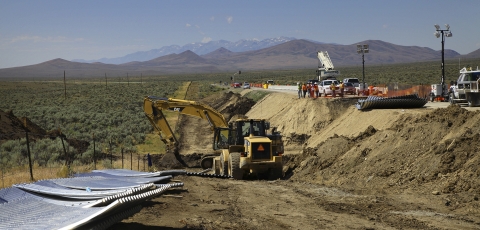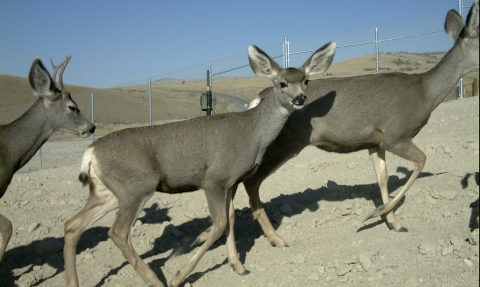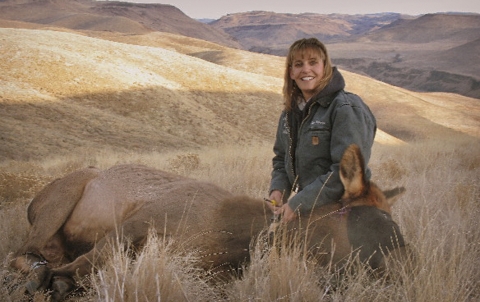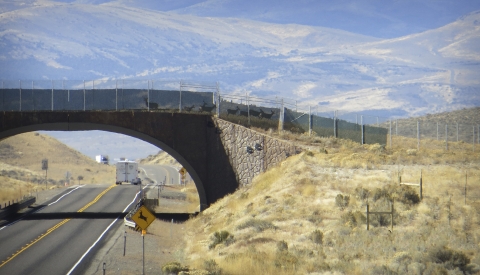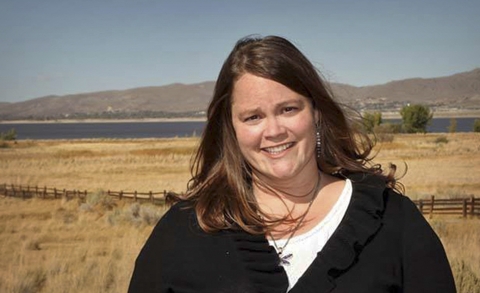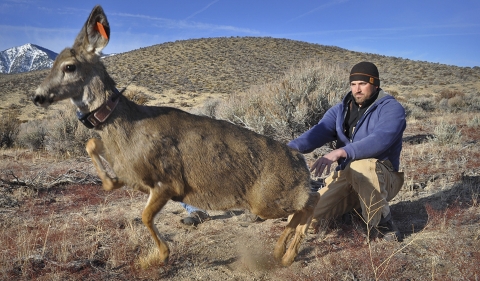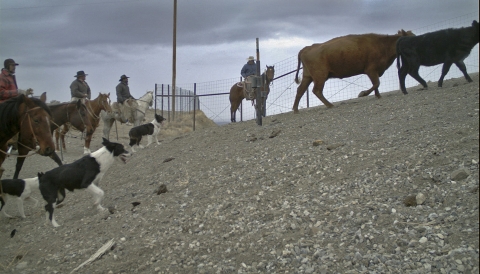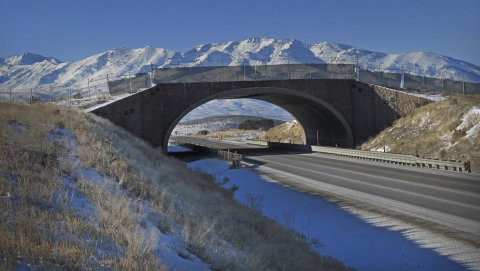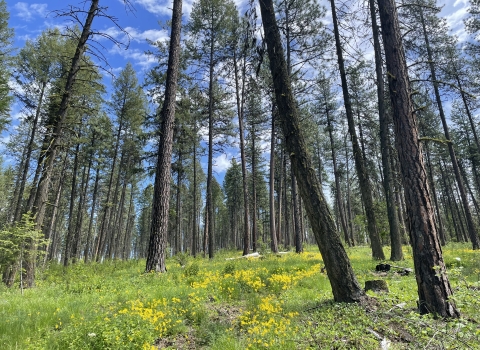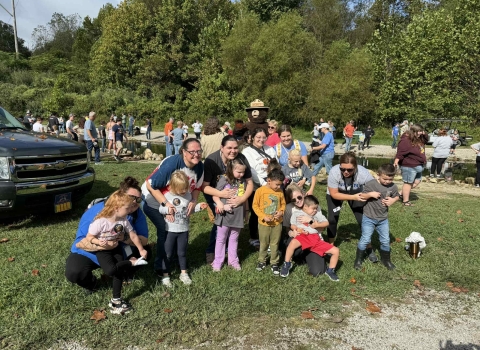Each year, thousands of animals are killed by motorists on interstate highways and roads that intersect critical wildlife habitats, greatly increasing the risk to human safety.
Looking to address this issue, the Nevada Department of Wildlife (NDOW), with grant funding from the U.S. Fish and Wildlife Service (FWS) and in collaboration with the Nevada Department of Transportation (DOT) have recently built and monitored the effectiveness of the first-ever wildlife overpass project in Nevada along Highway 93, in Elko County.
The project started in 2008 with research on where multiple wildlife safety crossing structures would be placed with a goal of improving public safety and reducing the number of animals killed by 90 percent. This involved researching where wildlife typically crossed using GPS collars on mule deer and where collisions took place.
“Before the crossing structures, you just hated to see the carnage that was happening on the roadways,” said Kari Huebner, game biologist with NDOW who manages the mule deer herd that uses the overpasses and underpasses.
Besides being designed for primarily mule deer, other species that use the crossing structures include: elk, coyotes, bobcats, badgers, mountain lions, black-tailed jackrabbits and pronghorn which are using an overpass in North America for the first time.
“We were pretty nervous about the project, but there was a spot on Highway 93 that lent itself perfectly with a cut in the road for the overpass,” Huebner said. “When deer walk uphill and all they see is sky it minimizes their fear and the next thing they know they are on the other side. Now the deer know exactly where that crossing is and they don’t miss a beat.”
The crossing structures included three underpasses and two overpasses with three to four miles of roughly eight-foot fencing on both sides. The underpass is a giant culvert with fencing modifications to funnel the deer. The overpass, filled in with dirt and vegetation is wide enough where the animal cannot see underneath to eliminate fear when crossing the busy highway. Prior to this project, the only known successful overpass in North America was in Banff National Park, Canada primarily for black bears.
In a recent five year span, there were nearly 2,500 reported wildlife-vehicle collisions across Nevada, including about 1,300 deer. Also there were 300 specific deer deaths alone in the area on Highway 93 and a location on Interstate-80 along the Pequop Mountains. Also, research estimates indicate that more than 50 percent of collisions went unreported, pointing to an even higher potential number of such incidents.
The installation of crossing structures has shown to decrease the number of wildlife-vehicle collisions up to 80 percent, according to Nova Simpson, from the University of Nevada Reno (UNR), who was a graduate student at the time but now works for the Department of Transportation. Simpson's reseached also showed that during the first four years (Fall 2010-Spring 2014) after safety crossings were installed, 35,369 mule deer crossings were kept off the road, avoiding potential collisions with vehicles.
“People I spoke to in the area were very doubtful that these structures would be effective,” Simpson said. “Once I was able to explain how many animals have been kept off the roadway it is eye-opening. When you say 35,000 in four years, they are shocked by that.”
Simpson added that on this section of Highway 93, now there is only one or less reported collision for each mule deer migration season.
“This has been not only a win-win for building partnerships with multiple agencies, but it is a win-win for wildlife and the public at large,” said Cody Schroeder, wildlife staff specialist with NDOW. “Not only are we creating a passageway for wildlife to safely cross, but we’re also minimizing human fatalities and accidents, saving money on auto repairs.”
Huebner agreed. “It took all of us working together to make it a success,” she said. “There were some who thought this was a waste of money at first – just a silly idea. They didn’t think the deer would use it. I had one guy call me and apologize because he was traveling north on 93 one day and a group of 200 deer went over his head as he drove underneath the overpass. He didn’t realize how much safer our roadways would be.
“The human safety impact is just phenomenal. From a biologist standpoint it is essential the deer make it to winter range, so to watch them get there free and easy was a relief. It has been everything we hoped it would be.”
Migrating more than 100 miles, the mule deer cross two highways (Highway 93 and I-80), so NDOW has subsequently used a second FWS Wildlife Restoration Grant to pursue similar collaborative efforts in building wildlife overpasses along the Pequop Mountain range on Interstate 80 which will be finalized in Fall 2017 and around State Route 160 near Las Vegas, Nevada.
“This is why I got into this profession,” said Justin Cutler, grants management specialist with the U. S. Fish and Wildlife Service. “To see this project from our Wildlife Sport Fish Restoration Program come to fruition is very rewarding.
“The goal of the Wildlife Restoration Act is to meet Congress’ purpose to implement projects through grants to benefit wildlife, people and in this case support highway infrastructure,” he said.

